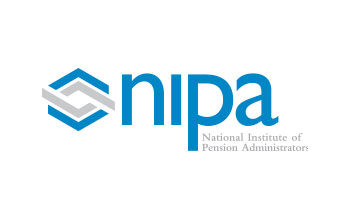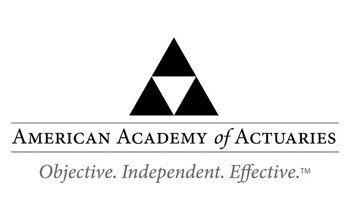Home » Understanding Cash Balance Plans
A Cash Balance Plan is a Defined Benefit Plan that looks like a 401(k) Profit Sharing or other Defined Contribution Plan.
 The Cash Balance Plan maintains a hypothetical account balance for each participant. This hypothetical account is the accumulation of annual Contribution Credits (sometimes called Pay Credits) and Interest Credits. When the participant retires or terminates employment, his benefit is the vested value of the hypothetical account.
The Cash Balance Plan maintains a hypothetical account balance for each participant. This hypothetical account is the accumulation of annual Contribution Credits (sometimes called Pay Credits) and Interest Credits. When the participant retires or terminates employment, his benefit is the vested value of the hypothetical account.
Contribution Credits are not discretionary but instead are determined based on a fixed formula defined by the Plan. This creates an obligation on the part of the Plan Sponsor to make contributions in the amount sufficient to fund the Plan.
Interest Credits are also defined by the Plan. In most cases this is a fixed rate although reference to published rates or an index is not uncommon.
Increases or decreases in the value of the plan’s investments do not affect the benefits promised to the participants. The investment risks and rewards are borne solely by the Plan Sponsor.
To produce larger contributions, especially for Principals and Owners, Cash Balance Plans are usually combined with 401(k)/Profit Sharing Plans. The 401(k) and Profit Sharing component can also provide flexibility in the combined plan.
Assets in the plan are not allocated to individual Participants and Participants do not direct the investments. A single pooled fund of assets is maintained and invested by the Trustees, often with advice from the Investment Adviser.
Gains (or losses) from investments act to reduce (or increase) the Plan Sponsor’s contribution over time; they do not affect the Participant’s balances.
When the participant retires or terminates employment, his benefit is the vested value of the hypothetical account. This benefit can be paid in the form of a lump sum or an equivalent annuity.
If a participant elects to receive his benefit in the form of a lump sum, this distribution generally can be rolled over into an Individual Retirement Account (IRA) or to another employer’s plan if that plan accepts rollovers.
Technically, a Cash Balance plan is a Hybrid Plan. It appears to participants as a Defined Contribution Plan but is treated under the Internal Revenue Code as a Defined Benefit Plan. As such the Plan Sponsor is required to make contributions to the Plan in an amount sufficient to fund the benefits promised.
The Plan Sponsor must retain an Actuary to prepare an Actuarial Valuation each year. The Actuary considers the benefits provided under the terms of the Plan, the value of Plan assets and the requirements of the Internal Revenue Code and determines the funding amount and other required information which is then reported in the Actuarial Valuation.



